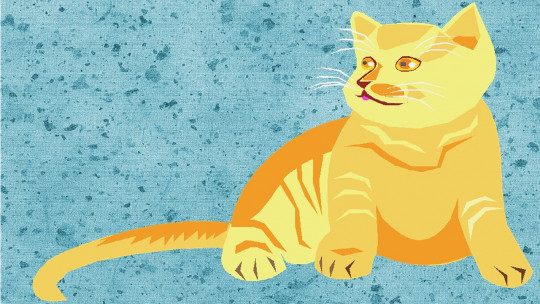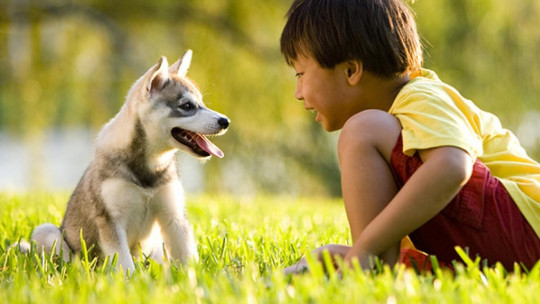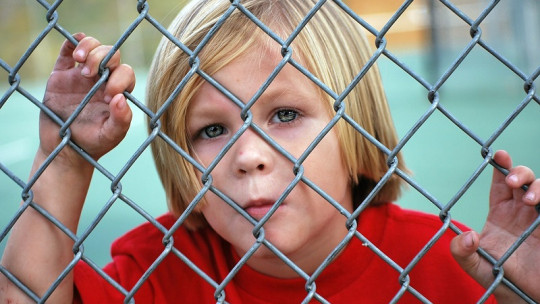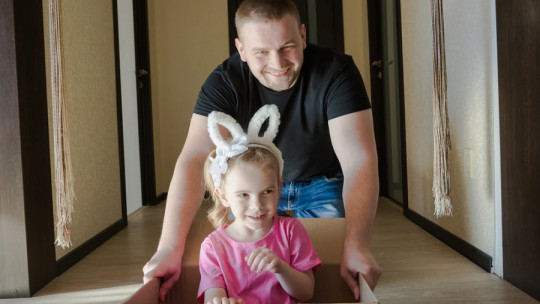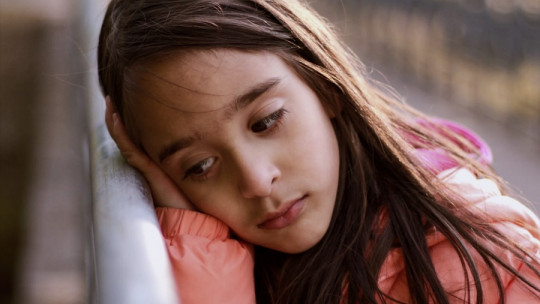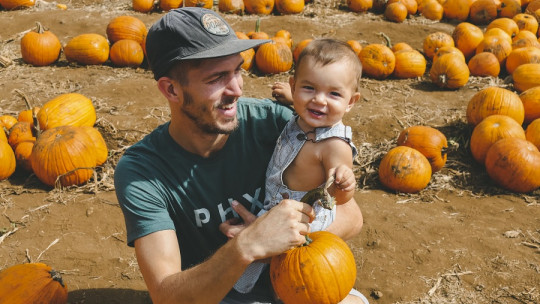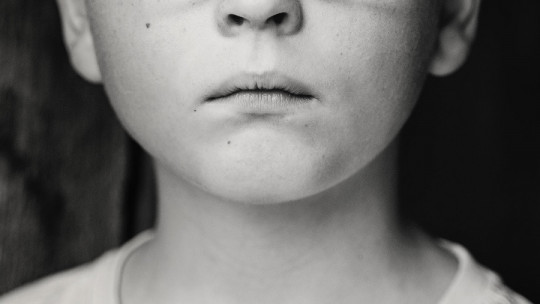
Pets are more than just animals, especially for the little ones in the house. Both children and adults see pets as another member of their family who can give them comfort and understanding without having to say a word.
But just like the rest of the family, pets don’t last forever and their deaths are often one of the first that children have to face in their lives. This is painful for all family members, but it is the children, especially the youngest ones, who can experience it in a particularly confusing and tragic way.
Next We will see how to deal with the loss of a pet with your children, taking into account aspects such as the age of the little ones how the pet has died and if it was something that had been seen coming for a long time**.
How to deal with the loss of a pet with your children, giving them support
A pet is not a simple companion animal, but a member of the family. Both children and adults enjoy the company of their dog, cat, canary, turtle or any other animal, whom they love as what he is, a loved one Pets are especially important in childhood and children who are lucky enough to have them in the family turn to them when they are sad, sick or no one understands them. Even if they don’t speak, pets listen, offer their unconditional love and never criticize.
But unfortunately no loved one lives forever and this reality is the same for pets as well. At some point our children will have to face the sad loss of their pet and, if not managed properly, the death of the animal can become a traumatic and confusing event. Whether because the animal was sick, old or, sadly, died in an accident, it is necessary for adults to help children cope with their loss.
The following points are tips that will help us learn how to deal with the loss of a pet with your children In all these recommendations it is key to understand that, in order to overcome the death of the pet in the best possible way, both parents and other adults of reference for the child must exercise empathy and understanding, in addition to treating the situation as an inevitable part. of life but no less sad for that reason.
1. Take into account the age of the child
First of all, it is very important to take into account the age of our child since the younger the children are, the less they will understand what has happened. Between 3 and 5 years old they do not understand what death is, being something totally enigmatic for them They believe that it is a reversible situation, that the animal has left and then returns.
In the best cases they may understand that it is dead but they understand it as a temporary phase and that, sooner or later, their pet will appear through the door again. This does not mean that it does not hurt them and, in fact, they miss the animal, but they do not usually consider anything beyond the physical absence of their pet.
The situation is a little different between 6 and 8 years old. In this age group they are more aware of what death means and its consequences. A little later, around the age of 10, children already understand perfectly that death is a totally irreversible event
Taking these age groups into account, it will be convenient to adapt our speech when we talk to our children, without lying to them and trying to make it clear to our little ones that the pet is not going to return.
2. Tell them the truth
Dealing with the death of a pet is not easy. To do this, we must first find the most appropriate moment and think very carefully about how we are going to tell them. We must soften our speech, but tell them the truth. You have to be clear and sincere, tell them how things are, no matter how sad the reality may be.
Children accept death better when they are given sincere explanations, adapted to their level of understanding and, also, when they are given the option to express their pain in the most comfortable and venting way they want. This is why we should not give them vague answers to their questions or tell them white lies like their pet is sleeping. Nor should we not answer what they ask us, since that will only cause confusion.
It is also very important not to approach the death of the pet with beliefs or traditions that we do not share. For example, if we do not believe in a Christian heaven or some ideal world after death, we should not tell our children that their pet has gone to heaven. Doing this involves instilling in him a belief that we do not share and that, when he grows up, he will see that we do not believe and will feel deceived and sad.
3. Prepare them for the death of their pet
The pet may still be alive, but we know that it is old enough or is suffering from an illness that will end its life sooner or later. This situation can help us prepare our children for the death of their pet. We must make them aware that the animal will one day leave, and that it is inevitable.
This explanation will be hard news to hear, but It will also be very beneficial when facing the sad event once it arrives Being aware that your pet is not going to live forever will make the children spend more time with it, be able to enjoy its last moments and, once it has passed away, feel that they were able to say goodbye properly, showing it a lot of love before its departure. .
4. Letting out the pain
Although society has become increasingly aware of the importance of expressing our negative emotions, we continue to have deeply internalized the belief that showing sadness or anger is synonymous with weakness, even in sad moments such as the death of a loved one. These types of beliefs are not beneficial for anyone, neither children nor adults.
Our children should feel comfortable expressing and sharing their sadness, and we as their parents or reference adults must also do so. If we feel like crying, let’s do it! Crying is the body’s natural way of expressing sadness, an emotion whose tensions are best released rather than kept bottled up.
We should not repress our son if he wants to cry and, much less, we should make comments like “come on, your father hasn’t died.” The best way to deal with this situation is to let the pain out and not doing so can be very harmful to both our body and our mental health. There is nothing worse for a child than feeling penalized for expressing something that he needs to get out.
4. Talk about the pet after a few days
The departure of the pet is painful, but We should not turn it into a taboo topic or a too delicate matter that can reopen wounds The pet was part of our daily life for a long time, their company being something as normal as any of the habits that make up our daily routine.
We cannot and should not try to forget his existence, much less erase his memory. When a few days have passed and everyone is calmer, you can talk about the animal. You should not try to intentionally bring up the conversation but rather speak naturally, as a beautiful part of our past that is no longer there.
5. Remember anecdotes with our pet
Along the same lines as the previous point, in addition to talking about the pet after a few days, we should meet as a family and try to remember anecdotes with it. We will remember her good things and bad things, her pranks, how she behaved when we took her to the park or how she played with the furniture.
This activity is ideal to do as a family, to help face the death of the pet with our children by spending time together and creating another beautiful memory around the life of our pet that has passed away. The idea is to make it clear that, If we do not forget our pet, in some way, it will always accompany us
5. Pay tribute to the pet
When a person dies, their loved ones hold a funeral in their honor and pay tributes to them afterwards. The deceased may be buried and a headstone placed with his name on it, or he may be cremated and his ashes scattered in a place to which he was emotionally attached. Whatever way we honor someone, the truth is that people do it with our human loved ones, why not do it with our pet?
Funerals and posthumous tributes are rituals and are some of the most important ways that human beings have to recognize someone’s life, and it is perfectly applicable to pets. Pets also deserve this type of ritual, in addition to the fact that it also serves for our children and for ourselves as a way with which we say goodbye to a member of the family.
The ideal is to hold a small family gathering that will serve as a ceremony and in which all members will feel surrounded and supported This way our children will not feel alone and will see that their family wants to help them, help which is essential to face these types of difficult situations.
The tribute can be done in multiple ways and the ideal is to do it with some artistic craft made as a family. Whether it is a drawing, a clay figure, a photo album or any other artistic form that comes to mind, all of them are perfect ways to remember the departed pet, paying tribute to them with some type of monument.
6. Do not replace the pet immediately
Finally, It is not advisable to replace the animal as soon as it dies with a new pet Our children (and us too) will have to go through the grieving phase, which can last a few days or even a month. This is something perfectly normal, healthy and necessary after having experienced a death and we should only worry if the child suffers a lot of anxiety and nightmares.
We must not forget that having a pet implies establishing a very deep relationship of friendship, often comparable to that felt with a family member. This is why we cannot introduce a new animal when the pain of the loss of the previous one is still being handled, since the child may be afraid of establishing an intense emotional bond with the new dog or kitten. If so, there may be tensions between the child and the pet.

